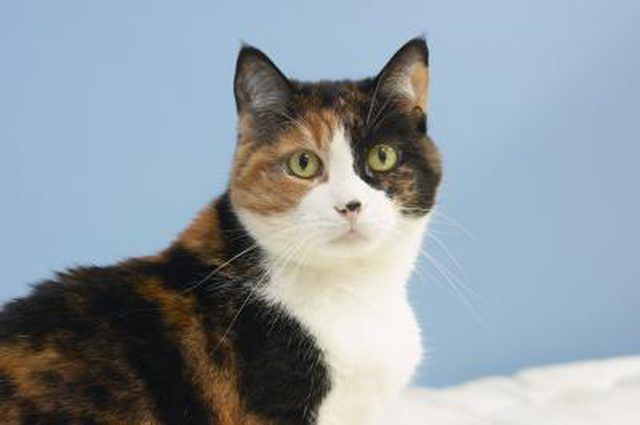Bulbs
Flower Basics
Flower Beds & Specialty Gardens
Flower Garden
Garden Furniture
Garden Gnomes
Garden Seeds
Garden Sheds
Garden Statues
Garden Tools & Supplies
Gardening Basics
Green & Organic
Groundcovers & Vines
Growing Annuals
Growing Basil
Growing Beans
Growing Berries
Growing Blueberries
Growing Cactus
Growing Corn
Growing Cotton
Growing Edibles
Growing Flowers
Growing Garlic
Growing Grapes
Growing Grass
Growing Herbs
Growing Jasmine
Growing Mint
Growing Mushrooms
Orchids
Growing Peanuts
Growing Perennials
Growing Plants
Growing Rosemary
Growing Roses
Growing Strawberries
Growing Sunflowers
Growing Thyme
Growing Tomatoes
Growing Tulips
Growing Vegetables
Herb Basics
Herb Garden
Indoor Growing
Landscaping Basics
Landscaping Patios
Landscaping Plants
Landscaping Shrubs
Landscaping Trees
Landscaping Walks & Pathways
Lawn Basics
Lawn Maintenance
Lawn Mowers
Lawn Ornaments
Lawn Planting
Lawn Tools
Outdoor Growing
Overall Landscape Planning
Pests, Weeds & Problems
Plant Basics
Rock Garden
Rose Garden
Shrubs
Soil
Specialty Gardens
Trees
Vegetable Garden
Yard Maintenance
How to Stop Blue Jays from Attacking a Cat
How to Stop Blue Jays from Attacking a Cat. Blue jays are one of many types of birds that can be a nuisance in a residential setting. These birds are capable of pestering cats, dogs, and humans relentlessly by making threatening noises incessantly at a loud volume, as well as dive-bombing and pecking at humans and domestic animals in their own...

Blue jays are one of many types of birds that can be a nuisance in a residential setting. These birds are capable of pestering cats, dogs, and humans relentlessly by making threatening noises incessantly at a loud volume, as well as dive-bombing and pecking at humans and domestic animals in their own yards, each and every time someone steps foot out the door. A bird that behaves this way nearly always has a nest nearby and is protecting (rather enthusiastically) its young. After the baby birds leave the nest, the problem will likely resolve itself. In the meantime, you may try these tricks:
Things You'll Need
Plastic owl (can be found at garden centers)
Shiny objects that blow in the wind (old CDs hanging from strings, strips of Mylar, Mylar windmills)
Determine the location in the yard where the bird is most likely to harass the cat. Try to pinpoint the location of the nest by observing where the bird comes from and goes to after each attack.
Remove any bird feeders from your yard, or hang them in areas that are as far away as possible from where your cat tends to hang out.
Place a plastic owl between the nest location and the typical location of the attacks on the cat. The plastic owl will appear to be a predator, which the bird will want to avoid.
Hang your shiny, fluttering objects in the same area as the owl. You might need to hang these objects in a perimeter around an area for the cat, attempting to make a buffer zone between the bird and the cat. The shiny objects will catch the sunlight and reflect it in an unpredictable manner, making it difficult for the bird to determine whether the object is a potential threat; therefore, the birds will wish to avoid them.